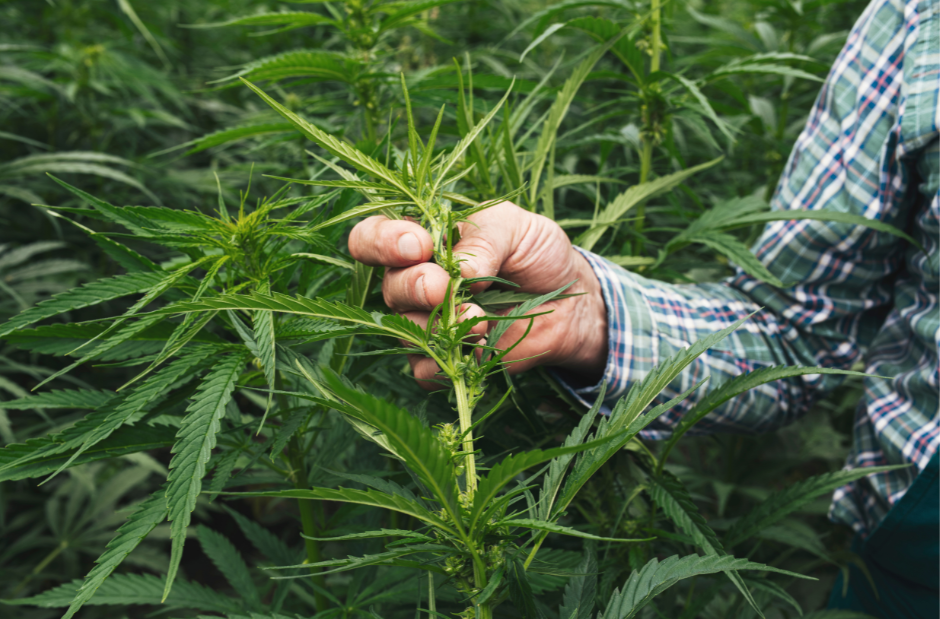Over the past decade, climate change and sustainable farming practices have become increasingly prominent topics. While some people prioritize developing renewable energy sources, others dedicate their efforts to water conservation. In reality, there are countless strategies—potentially in the thousands—that contribute to building a healthier planet for future generations. One of these impactful solutions is hemp.
Hemp is an incredibly versatile plant with a multitude of applications. The surge of hemp biomass in the market has spurred groundbreaking cannabinoid research in the medical field. Hemp seeds provide a valuable source of protein and fiber for both humans and animals. Additionally, hemp fiber serves as an eco-friendly alternative to traditional paper production, and even entire houses can be constructed from hemp-based materials.
Given its wide range of uses, how exactly can hemp enhance sustainable farming practices and contribute to soil improvement and restoration?
It All Starts at the Roots
In the 1930s, the United States faced an environmental disaster known as the Dust Bowl. Due to a combination of poor farming techniques and severe drought, the country’s agricultural soil experienced significant erosion. As noted by the Library of Congress, “The farmers plowed the prairie grasses and planted dry land wheat. As the demand for wheat products grew, cattle grazing was reduced, and millions more acres were plowed and planted.”
This large-scale removal of natural grasses left the soil exposed and defenseless, particularly against the strong winds typical of states such as Kansas and Oklahoma. What followed was a series of devastating events that became deeply embedded in American art and literature.
When native vegetation is stripped away, soil becomes more prone to erosion. However, sustainable agricultural practices and the use of deep-rooted plants, such as hemp, can play a critical role in protecting and stabilizing the soil.

How Hemp Can Repair Soil
Hemp not only helps prevent soil erosion but also plays a significant role in soil restoration. The plant can absorb heavy metals, pesticides, and various pollutants from the soil, effectively storing them until harvest time.
As highlighted in a 2020 study published by GCB Bioenergy, “Numerous studies have demonstrated that hemp can carry out the phytoextraction of heavy metals and radionuclides, with these contaminants being dispersed throughout the hemp plant at varying concentrations.”
Current Research
Recent studies have been investigating the potential of hemp in soil remediation and its overall effectiveness. A notable 2022 study conducted by researchers at the USDA-ARS Western Regional Research Center in California revealed that industrial hemp can assist in extracting heavy metals from contaminated soil. The study highlighted, “Hemp has deep roots and is tolerant to the accumulation of different metals. In addition, the crop biomass has many potential commercial uses after harvesting is completed.”
Over the past decade, the momentum in hemp-based soil restoration research has grown significantly, driven by the widespread legalization of hemp. This shift has increased the availability of biomass, seeds, and young plants, enabling expanded research opportunities and applications.
The Bottom Line
Hemp is an incredibly versatile plant with numerous benefits, particularly for soil restoration and conservation. Recent studies have unveiled its promising potential, offering new avenues for sustainable agriculture.
Currently, hemp has demonstrated its capacity to extract harmful contaminants from soil and act as a natural shield against soil erosion. Yet, the question remains: what should be done with the hemp once it is harvested? While several pathways exist, choosing the optimal approach is still up for debate. One thing is clear—this journey is far from over, with more developments on the horizon.
